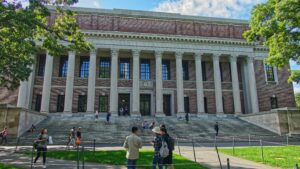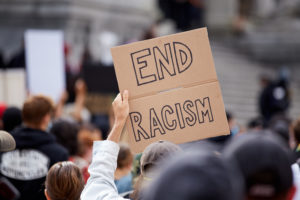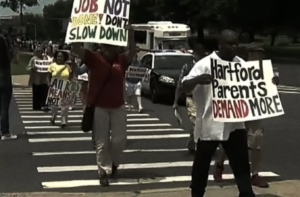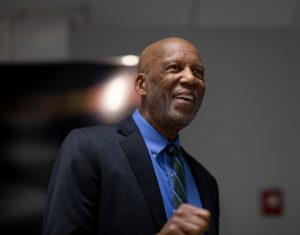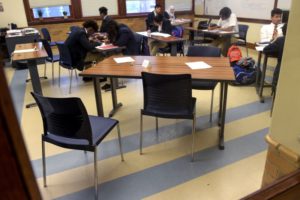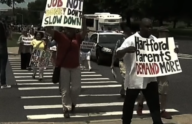All LaShawn Robinson wanted to do was get her son Jarod out of the neighborhood public school, where bullies had drained his enthusiasm for learning. Thus, year after year, LaShawn entered Jarod in the lottery for a coveted seat in one of Hartford, Connecticut’s world-class magnet schools. Year after year, he was denied admission, even when the school had room for him.
LaShawn was stunned when she learned the reason—her son is Black.
“I wouldn’t have even imagined there would be a lottery for education, period. Education should not be a gamble,” she says, adding that, at 19, Jarod is now seeking a high school diploma through adult ed.
Jarod fell victim to a race-based quota enacted following a 1996 Connecticut Supreme Court decision. In Sheff v. O’Neill, the Court held that racial segregation in Hartford schools violated the state constitution.
In response, the state passed a law that required Connecticut school boards to reduce racial, ethnic, and economic isolation by various methods—including creating the magnet schools. To ensure these schools remained diverse, the law required interdistrict magnet schools’ enrollment to be at least 25 percent White or Asian. In other words, magnet schools cannot have more than 75 percent Black or Hispanic students.
When too few White or Asian students apply for Hartford magnet schools, Black and Hispanic students are denied admission—only because letting them in would upset a school’s 25/75 ratio. When this happens, available seats remain empty, and these schools run at less-than-full capacity.
In short, rather than allow Black and other minority children to fill available seats in Hartford’s magnet schools, the state’s arbitrary and unconstitutional racial quotas require these schools to close their doors to minority students. Hartford’s Black and Hispanic students don’t have the same opportunity to attend magnet schools because of their race.
The quota originally applied only to the Hartford area, but a law, passed in 2017, expanded the practice statewide. Schools failing to meet the quotas face funding cuts, or even closure.
This race-based student quota violates the Equal Protection guarantees of the Fourteenth Amendment, and it violates the civil rights of Hartford’s Black and Hispanic students.
While it’s too late for Jarod, LaShawn is fighting for her four other children who are currently subject to the same unfair lottery system and unconstitutional enrollment quota.
Representing LaShawn and six other Hartford families free of charge, PLF filed a suit with the U.S. District Court in Connecticut in February 2018 to restore the students’ constitutional rights. In January 2020, the State responded by ending the racial quota and opening up the empty seats, giving LaShawn and the other parents everything they asked for.
A second federal lawsuit, filed by the Connecticut Parents Union in February 2019, challenges a 2017 state law that expanded the discriminatory practice throughout the state.
What’s At Stake?
- Connecticut denies Black and Hispanic children the same educational opportunities available to their White and Asian peers. Eligible Black and Hispanic students deserve access to the state’s world-class magnet schools when seats would otherwise remain empty.
- In order to meet state-mandated quotas at Hartford, Connecticut’s interdistrict magnet schools, the city and state have to rig the student lottery. Denying a fair magnet school lottery also violates the Constitution’s equal protection guarantee.













